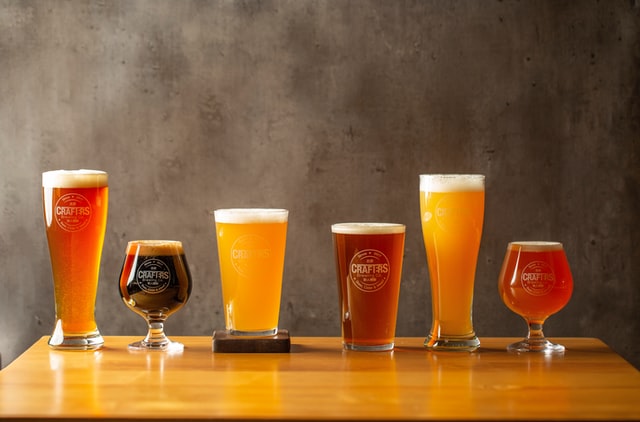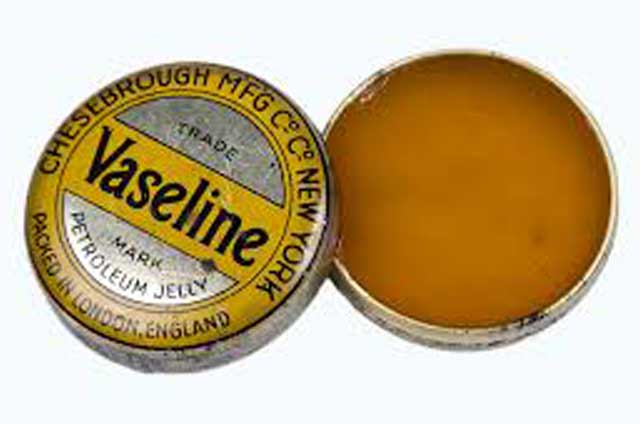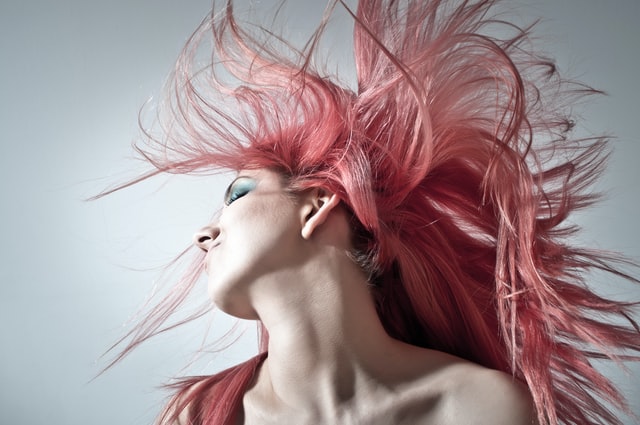One day, at the local Saturday market, a very health conscious lady came up to my table and asked if I use alcohol in my products. I said no, because I don’t believe in using drying alcohols on the skin. But she was suspiciously reading one of my labels and saw the word cetearyl alcohol. She pointed to the word and said: “What about this? It says cetearyl ALCOHOL!!!”
I tried to explain that cetearyl alcohol is not a drying alcohol. It is a fatty alcohol that is actually good for the skin. But she didn’t believe me, and walked off.
So today, I would like to explain to you what the difference is, because it is good to know what to look for on your product labels.
All Alcohols are Not Equal
The alcohol we want to avoid in products is the same as we find in wine, beer and liquor. The main reason why many companies use this type of alcohol in their products is because it evaporates quickly. Take hair spray, for example. If you spritz your hair to hold a specific shape, it will hold the shape better if it instantly freezes. Alcohol is needed for this because it evaporates quicker than water.
For the same reason, alcohol is often used in toners. It evaporates quickly so your face can be dry before you add your moisturizer.
My not so humble opinion is that the use of alcohol in toners is stupid for two reasons: It dries out your skin, and you don’t have to have dry skin before you add moisturizer. The more moisture you have on your skin, the better it is. So, there is some very screwy thinking behind the creation of most toner formulas.
Alcohols That Are Bad For Your Skin
So, when you look at whether a product contains alcohol that is bad for your skin, they often write it on the label as:
- Alcohol
- Grain alcohol (who cares if it is organic – it will still dry out your skin
- SD alcohol (denatured alcohol – this has a chemical added to make it undrinkable/toxic)
- Ethanol or ethyl alcohol (same thing, just different names)
- Isopropanol or iso-propyl alcohol (more toxic than regular alcohol/ethanol, but less drying to your skin)
- Methanol, or methyl alcohol (very toxic)
When you read product labels, these are your bad alcohols. AVOID THESE!
But all alcohols are not made the same.
Some Alcohols Are Actually Good For Your Skin!
There is a group of alcohols called “fatty alcohols.” They don’t look anything like the alcohols that you can drink. They look more like white, fatty pearls. Some of the components of my emulsifiers are actually fatty alcohols that are good for your skin. (Emulsifiers help me blend water and oil into a cream).
Fatty alcohols have a slippery feel, and they actually protect and soften your skin. As an example, cetearyl alcohol (which is what the lady was asking about) is usually derived from coconut oil. It creates a protective barrier on the skin that locks in moisture!
Stearyl alcohol is another fatty alcohol, usually derived from cocoa butter or shea butter. Stearyl alcohol is a good emulsifier. Without it, my creams would separate and quickly look disgusting.
Lanolin alcohol is derived from oil glands of sheep’s wool, but lanolin alcohol can be a bit irritating to sensitive skin, so I prefer to stay away from this.
Good Alcohol List
- Cetyl alcohol (from coconut oil)
- Stearyl alcohol (from cocoa butter and shea butter)
- Cetearyl alcohol (which is actually a mixture of cetyl alcohol and stearyl alcohol)
I hope this has cleared up some confusion about what alcohols to avoid, and what alcohols that are good for you. The bad alcohols dry out your skin, while the good alcohols hold the cream together and actually help retain moisture on your skin. So, now you have a list of which is which….
I can assure you all, that you won’t find any of the bad alcohols in my Green Beauty products. I want to avoid those just as much as you do!
If you like this article, please share it with your friends.




